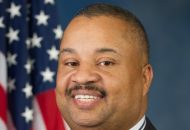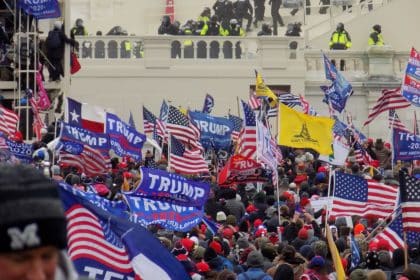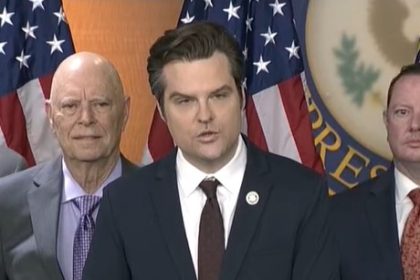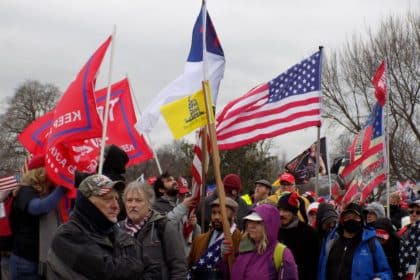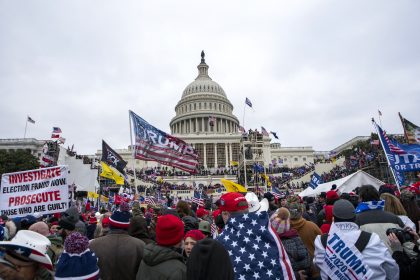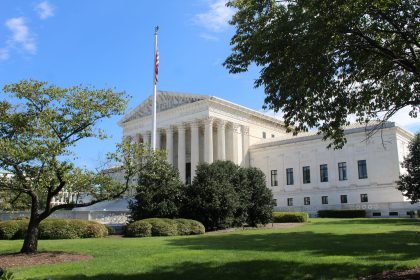Congress Implicates Trump in Inciting Mob Violence at Capitol
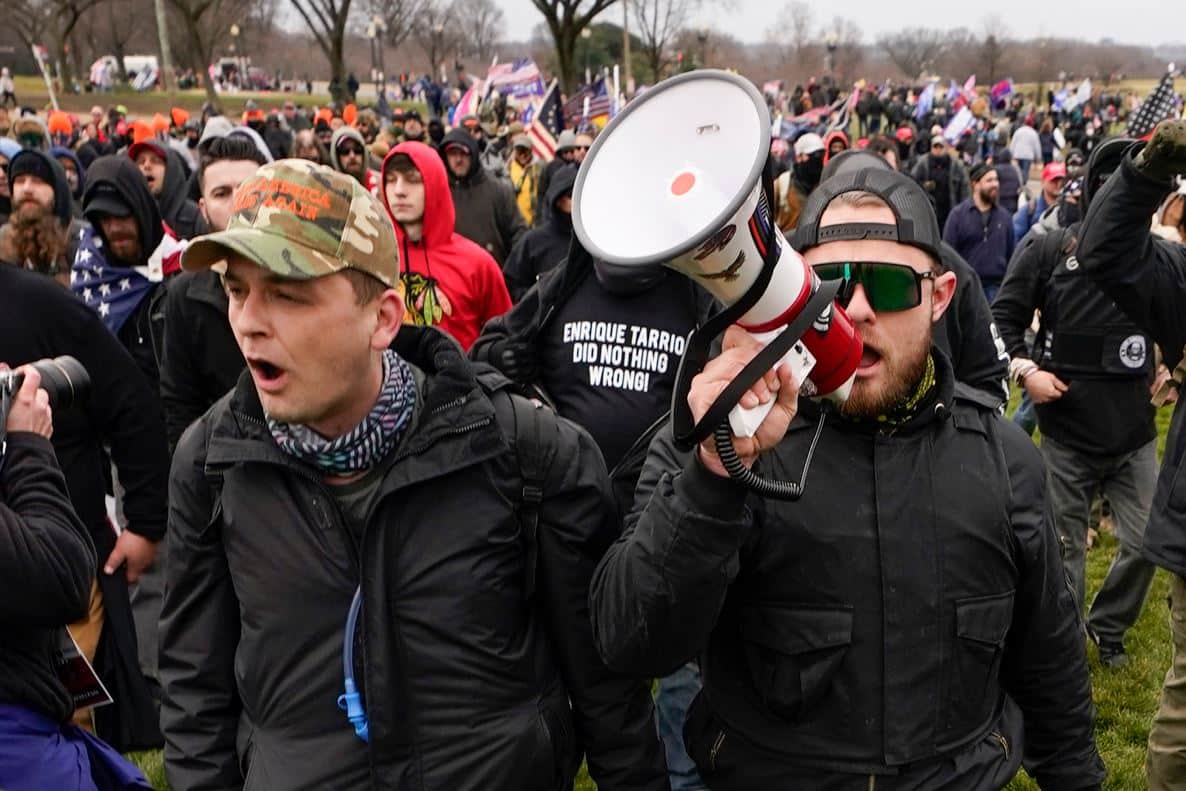
WASHINGTON — Witnesses to a congressional committee on Tuesday implicated former President Donald Trump in knowingly inciting extremists to attack the Capitol on Jan. 6, 2021.
Part of the incitement came from his huge social media following, which he used to summon a mob to march on the Capitol in an irrational bid to hold on to the presidency, according to former members of Trump’s staff.
In a Dec. 19, 2020, tweet, Trump asked his supporters to come to Washington on Jan. 6, 2021, as Congress certified the presidential election results in favor of Joe Biden.
“Be there, will be wild,” Trump tweeted.
Other encouragement of mob violence came from his speech on the White House Ellipse the morning of Jan. 6, when he urged thousands of his followers to march to the Capitol and to “fight like hell.”
Leading up to the attack on the Capitol, Trump continued his allegations the election was stolen from him, also known as “the Big Lie,” despite his top advisors telling him he should concede the presidency to Biden.
“I saw absolutely no basis for the allegations,” former U.S. Attorney General William Barr said in his videotaped testimony.
At one point after the 2020 election, Trump and his attorney, Rudolph Giuliani, said the votes were manipulated in Biden’s favor by the Venezuelan and Chinese governments.
Barr testified, “I told them it was crazy stuff and they were wasting their time on this.”
He also refused Trump’s suggestion for the Justice Department to seize voting machines that were used to tabulate the election results.
“I said absolutely not,” Barr testified. “There’s no probable cause and I’m not going to seize any machines.”
Barr’s opinion was seconded by former White House Counsel Pat Cipollone, who said he told Trump the idea of seizing election machines was “a terrible idea for the country. That’s not how we do things in the United States.”
Trump’s Dec. 19, 2020, tweet was followed by exchanges on Twitter and other online platforms from extremist groups like the Oath Keepers, the Proud Boys and the Three Percenters. Some of them urged their members to take up arms and prepare for violence on Jan. 6 in Washington.
One of the online messages said, “White revolution is the only solution.”
The House Select Committee to Investigate the Attack on the U.S. Capitol also showed suspicious photos of Roger Stone and retired Lt. Gen. Michael Flynn, some of Trump’s staunchest supporters. Stone was a political consultant and Flynn was a national security advisor.
The photos show Stone and Flynn accompanied by leaders of the Proud Boys and Oath Keepers days before the insurrection.
One of the insurrectionists who entered the Capitol was Stephen Ayres, a cabinetmaker from Ohio, who testified he felt duped by Trump into participating in the attack.
He later pleaded guilty to disorderly and disruptive conduct in a restricted building or grounds.
At the hearing Tuesday, he disavowed his former allegiance to Trump and his statements that the election was stolen.
“It makes me mad because I was hanging on every word he said,” Ayres said. “I consider myself a family man and I love my country.”
Some of the harshest criticism came from members of the select committee.
“It still makes my blood boil to think about it,” said Rep. Bennie Thompson, D-Miss., the committee’s chairman.
He added, “The president of the United States sent the mob.”
Rep. Liz Cheney, R-Wyo., hinted that Trump showed signs of mental illness.
“He was incapable of telling right from wrong,” she said.
He could have stopped the violence soon after it started, Cheney said.
“His staff insisted that he call off the attack,” she said. “He would not.”
Rep. Stephanie Murphy, D-Fla., said the consequences of the insurrection stretch far beyond Jan. 6, 2021.
“It’s corrosive to our country and damaging to our democracy,” Murphy said.
Tom can be reached at [email protected] and @TomRamstack











